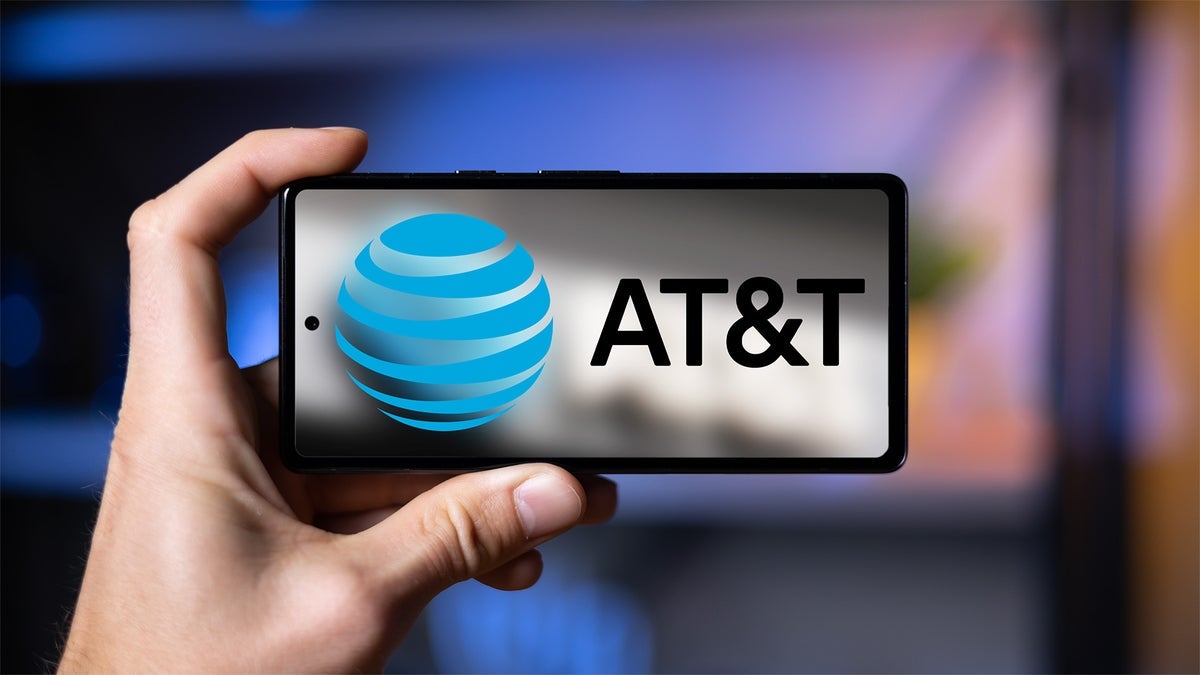Churn is the metric computed by wireless providers to determine the percentage of customers in a specific category who switched from one carrier to another or gave up wireless service altogether during a given period (usually a quarter). Obviously, the carriers want this number to decline and if it is rising, that’s not a good sign. For example, AT&T recently reported its Q2 earnings and announced that during the quarter, it’s postpaid phone churn (the most important churn category of all) rose 17 basis points year-over-year from .70% to .87%.
The higher churn reduces some of the glow from adding 401K net new postpaid phone customers
Last week, during an earnings call, Stankey said, “I don’t view pricing as being our issue in terms of managing churn. Obviously, every time we take a pricing action, we’re cognizant that there’s going to be some dislocation that we have been historically pretty good at assessing, modeling and managing. We try to do our pricing in a way where we tie prices to value. So we find places where there’s maybe recaptured value that we can price out differently so that the customer feels like it’s not just a price increase, but they understand they’ve gotten something over time or in return for it, where they’re less likely to go.”
“This year we had a higher percentage of our customers coming off of financing contracts, and we, all things being equal, expected a higher level of churn plus a continued normalization of the number of net adds. On top of that, in the first half of the year, I think it’s fair to say, we probably saw a little bit more impact from those than anticipated (at the) beginning of the year, as well as probably a little bit of pull forward of demand on the consumer side, because of tariffs.”
-Pascal Desroches, AT&T, CFO
So what is causing AT&T‘s rising churn issues? Chief Financial Officer Pascal Desroches gave several reasons during the earnings call. He blamed a “competitive environment,” a higher percentage of customers coming off financing contracts, and he even threw in President Donald Trump’s tariffs as a contributor to AT&T‘s sharply higher Q2 postpaid phone churn percentage.
Speaking of our president, Desroches said that the administration’s deportation of illegal immigration has had a negative impact on AT&T‘s business. “If you look at what’s gone on in the prepaid market this quarter, I do believe some of that falls through to immigration and some of the dynamics that are occurring there,” the CFO said.
AT&T customers will be responsible for some of the tariff charges slapped on new phones
Remember, tariffs are import taxes that are paid on products and goods imported into the U.S. by countries that have tariffs imposed on them. Despite what you might have been told or heard, they are paid by U.S. companies and some are passed along to American consumers.








